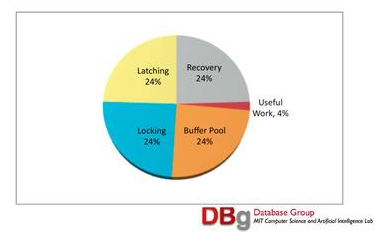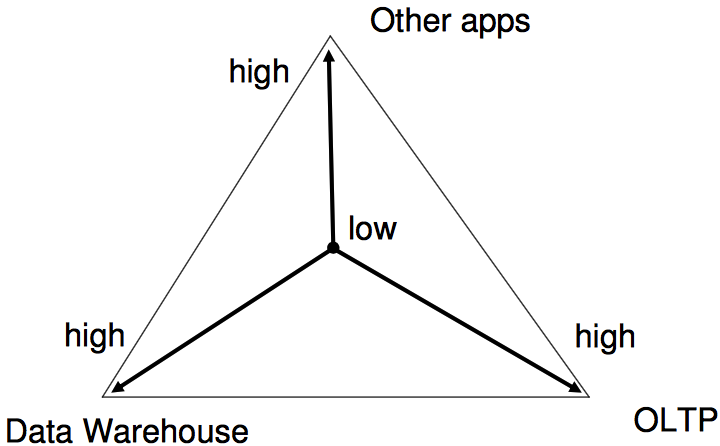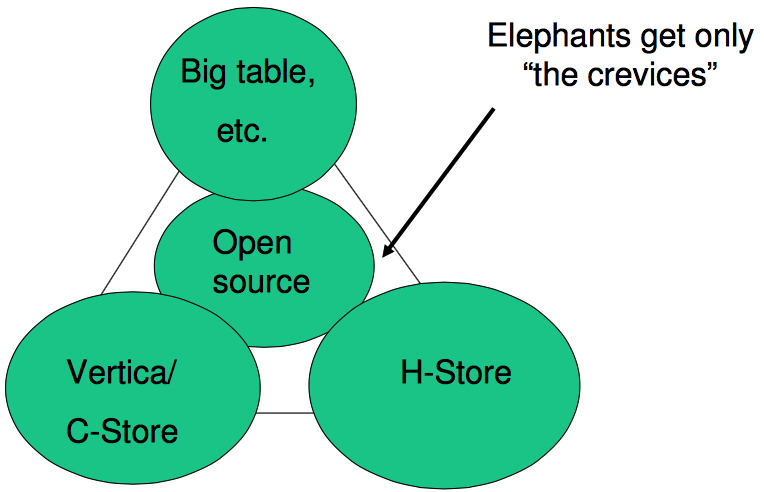Chapter Overview
- The purpose of this chapter is to introduce SQL
- SQL is the Structured Query Language
- It is the standard language for querying and manipulating database
- Note that SQL is a "soft" standard
- There are lots of dialects
- We'll stick close to the official ANSI standard, but you should always consult your database manual for details


